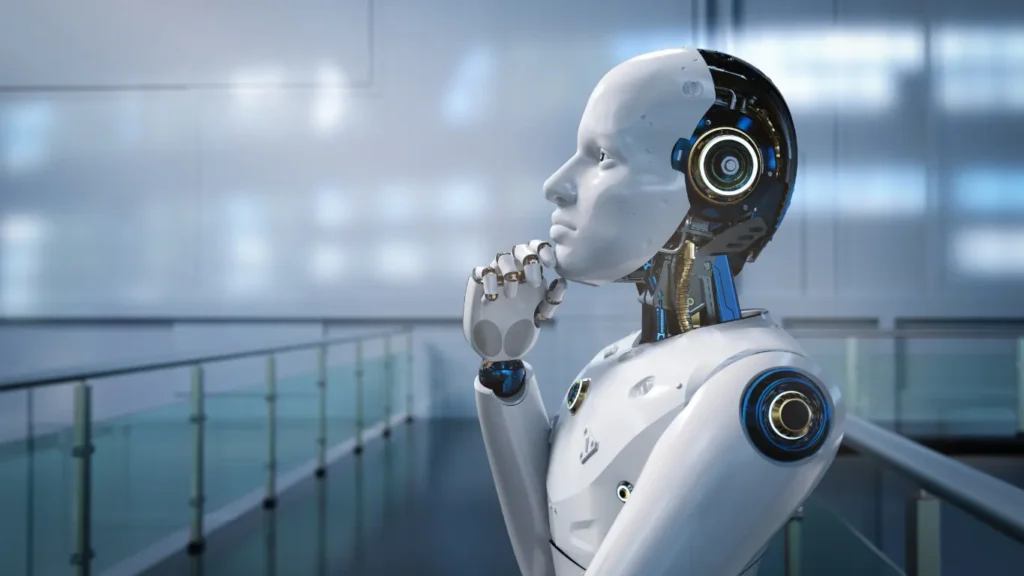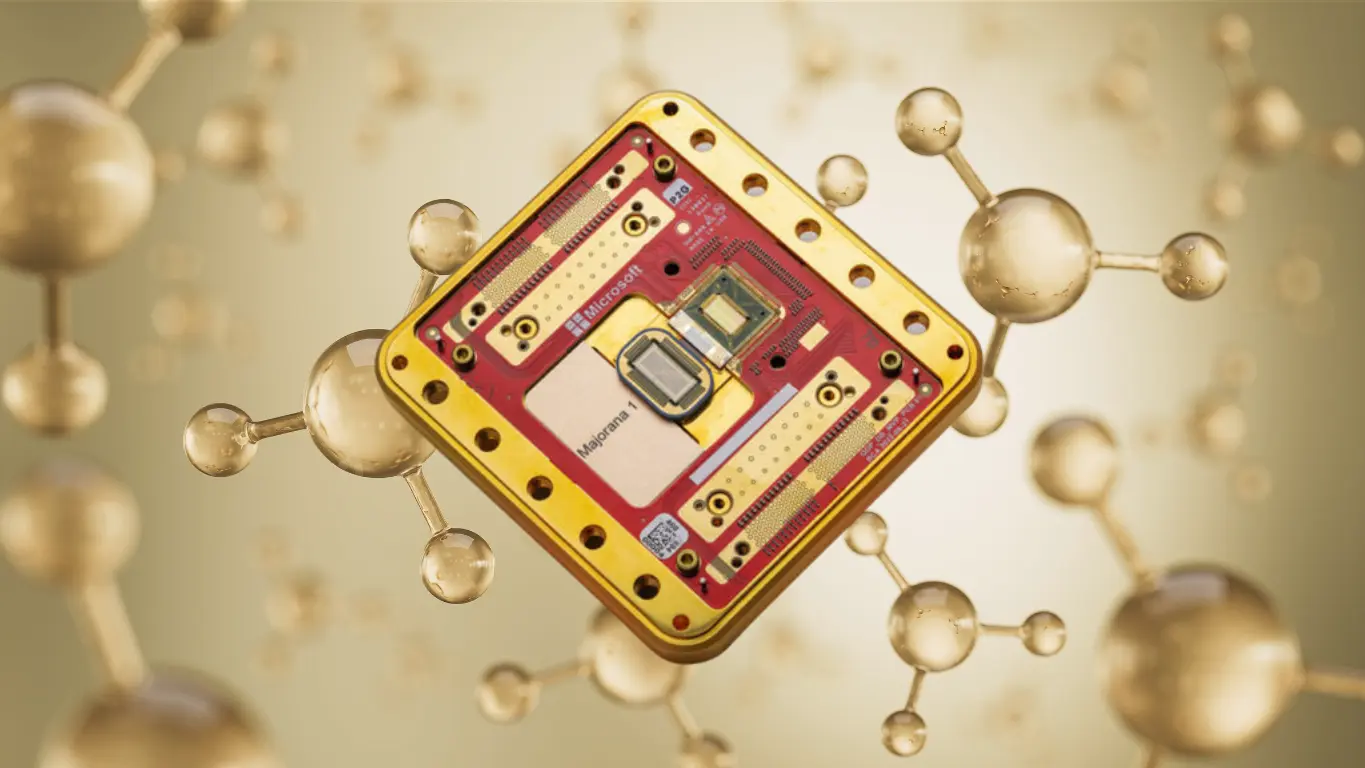
Artificial intelligence (AI) has evolved rapidly over the past decade, leading to the emergence of generative AI—a transformative technology that can create text, images, music, and even software code. But what is the main goal of generative AI? The primary objective is to enhance creativity, automate complex tasks, and provide innovative solutions across various industries. From content generation to medical research, the main goal of generative AI is reshaping how humans and machines interact.
Understanding Generative AI
Generative AI is a subset of artificial intelligence that focuses on generating new data based on existing patterns. Unlike traditional AI models that classify or predict based on predefined rules, generative AI models use deep learning techniques like Generative Adversarial Networks (GANs) and transformers to create unique and realistic outputs.
Some of the most well-known generative AI models include:
- GPT-4: A powerful language model used for text generation and conversational AI.
- DALL·E: Capable of creating realistic images from textual descriptions.
- MidJourney & Stable Diffusion: AI models designed for artistic and graphic design applications.
- AlphaFold: An AI system developed by DeepMind to predict protein structures in biomedical research.
The Main Goal of Generative AI
1. Enhancing Human Creativity
The main goal of generative AI is to act as a creative co-pilot, helping writers, designers, musicians, and artists push the boundaries of imagination. By analyzing vast datasets, AI can suggest new ideas, generate drafts, and even create entire artworks or compositions.
For example, DALL·E 2 generates stunning visuals from simple text prompts, enabling graphic designers to prototype faster. Similarly, AI-powered music tools help composers craft melodies with minimal effort.
2. Automating Content Creation
Content marketing and SEO strategies have been transformed by AI-driven tools like ChatGPT and Jasper AI. These systems generate high-quality blogs, product descriptions, and social media posts within seconds.
According to a study by McKinsey (source: McKinsey.com), AI-driven automation can improve content production efficiency by up to 40%, allowing businesses to scale their marketing efforts while maintaining quality.
3. Revolutionizing Customer Service
Chatbots and virtual assistants powered by generative AI provide instant support to users worldwide. AI-powered tools like OpenAI’s ChatGPT and Google’s Bard offer human-like responses, enhancing customer satisfaction and engagement.
Companies like Amazon and Meta have integrated generative AI into their customer service operations to handle inquiries, complaints, and troubleshooting requests without human intervention.
4. Driving Innovation in Healthcare
One of the most groundbreaking applications of generative AI is in healthcare. AI models like AlphaFold have significantly accelerated drug discovery by predicting protein structures with high accuracy.
A recent study published in Nature (source: Nature.com) revealed that AI-assisted drug design can cut research time by 60%, leading to faster medical breakthroughs.
5. Advancing Personalization in User Experience
Generative AI enhances personalization by analyzing user behavior and generating customized recommendations. Platforms like Netflix, Spotify, and YouTube leverage AI to tailor content suggestions based on individual preferences.
E-commerce giants such as Amazon use AI-powered recommendation engines to boost sales by suggesting products based on past purchases and browsing history.
6. Optimizing Software Development
The main goal of generative AI in software engineering is to revolutionize coding tasks by automating processes. Tools like GitHub Copilot help developers write efficient code by suggesting completions and debugging errors.
According to research by MIT Technology Review (source: TechnologyReview.com), AI-assisted coding increases developer productivity by 30%, reducing software development timelines.
Challenges and Ethical Considerations
Despite its benefits, generative AI comes with challenges and ethical concerns:
Misinformation and Deepfakes: AI-generated content can be misused to spread false information.
Bias in AI Models: AI systems can reflect biases present in training data, leading to unfair outcomes.
Intellectual Property Issues: AI-generated content raises questions about copyright and ownership rights.
Data Privacy Concerns: AI models require large datasets, which may include sensitive user information.
Organizations and policymakers must implement strict guidelines to ensure responsible AI usage while maximizing its potential.
Future Prospects of Generative AI
Generative AI is expected to evolve further, with advancements in:
AI-powered Virtual Reality (VR) and Augmented Reality (AR): Creating immersive digital experiences.
AI-generated Films and Storytelling: Assisting in scriptwriting and movie production.
Generative AI in Education: Enhancing personalized learning through AI-generated tutors and coursework.
Green AI Solutions: Developing sustainable AI models with reduced energy consumption.
A report by PwC (source: PwC.com) predicts that AI could contribute up to $15.7 trillion to the global economy by 2030, revolutionizing multiple industries.
Conclusion
So, what is the main goal of generative AI? At its core, generative AI aims to augment human creativity, automate complex tasks, and drive innovation across various sectors. From content creation to healthcare, AI is transforming industries by generating intelligent and adaptive solutions. However, ethical considerations and responsible usage must be prioritized to harness its full potential effectively.
With continuous advancements in AI research, the main goal of generative AI will play a crucial role in shaping the future, making technology more intelligent, accessible, and impactful than ever before.


Pingback: Unveiling the Secrets of Domains of AI